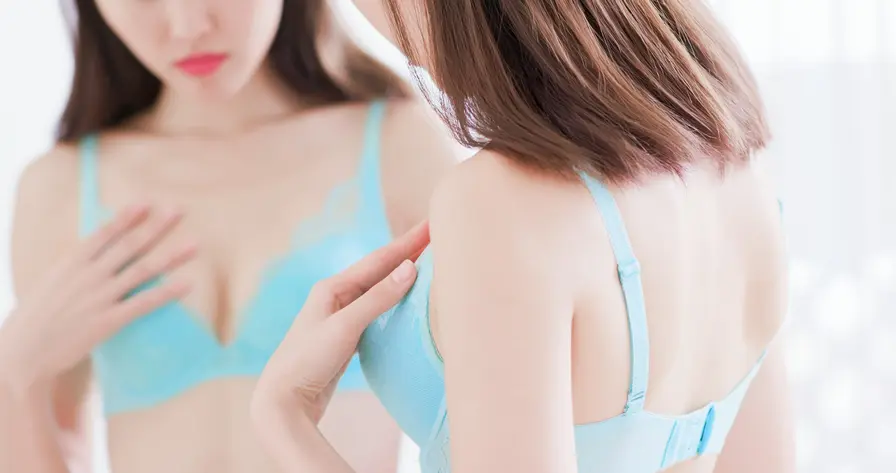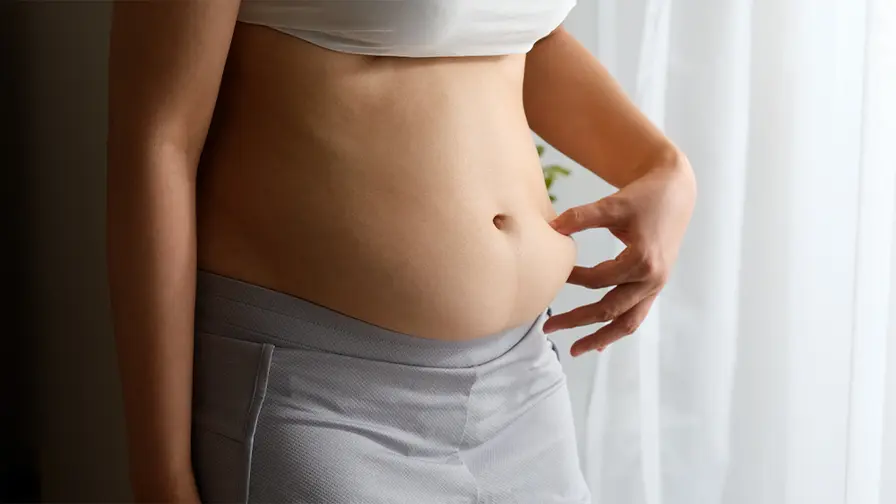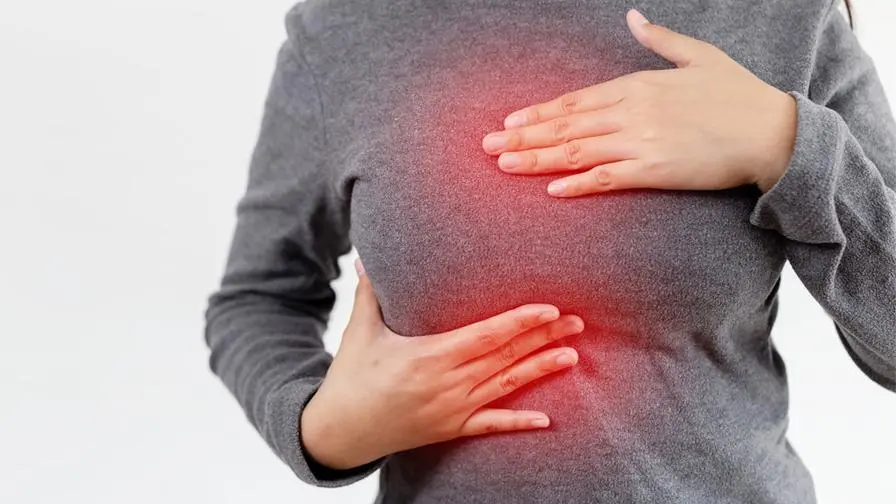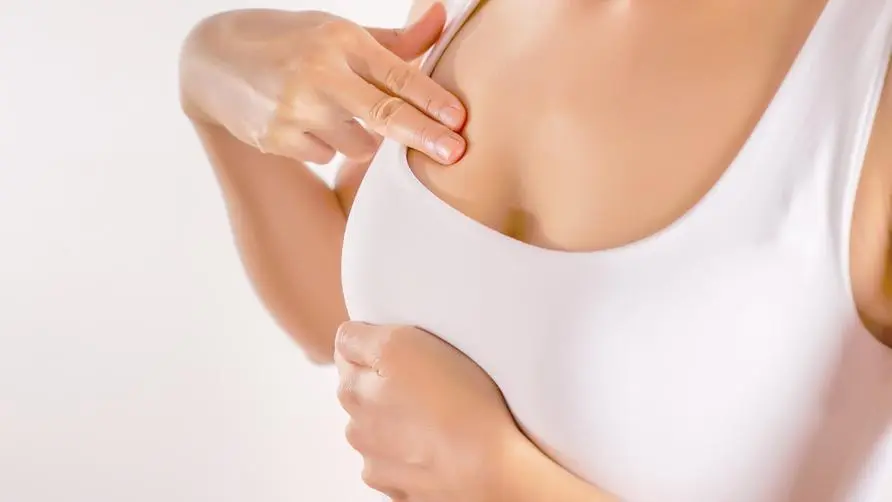Say goodbye to the post-surgery nightmare! The second-generation breast augmentation prosthesis is highly praised by doctors: its safety and aesthetics are improved

To celebrate the 5th anniversary of the launch of the second-generation breast augmentation prosthesis in Taiwan, Dr. Cai Yunda from the Pure Aesthetics Clinic was invited to be a speaker to share his experience in breast augmentation technology and breast ultrasound with domestic and foreign experts. Dr. Cai Yunda pointed out that the birth of the second generation of breast augmentation implants has allowed many women to realize their dream of natural, safe and lasting breast enhancement. The latest breast augmentation technology that debuted at the end of last year, with its unique “ductility” and “fitting technology”, provides a more diverse range of customized choices and designs, allowing each patient to create a breast augmentation according to their own body shape. Ideal Breasts. Many top experts in Taiwan’s breast augmentation industry also gathered at the scene. It is expected that breast augmentation technology will be combined with more innovative materials and cutting-edge equipment in the future to further improve the safety and effectiveness of the surgery!
Breast reconstruction is difficult and can be perfectly restored through precise surgical design
People who undergo breast augmentation in the early stages may easily experience rotation and displacement of the implant due to poor implant material or surgical stripping position, resulting in breast augmentation or asymmetry. Dr. Cai Yunda was on hand to share several cases where traditional breast augmentation surgery failed and came to him for help, including a case in which a unilateral breast was externally rotated 15 degrees due to a prosthesis, resulting in asymmetric breast expansion; another case was a prosthesis. Displacement sequelae caused by sagging. Dr. Cai pointed out that these types of reconstructive surgeries are quite complex, and the success rate of secondary breast augmentation surgeries must be improved through precise preoperative planning and continuous practice. Dr. Cai bluntly said that reconstruction with second-generation prostheses has allowed these women to regain their confidence, which is also the source of his sense of accomplishment!
Ultrasound should be actively used in breast augmentation surgery
Dr. Cai Yunda’s professional training in the breast surgery department of a teaching hospital made her emphasize the importance of ultrasound technology in breast augmentation surgery. He pointed out that doctors can more accurately understand the patient’s fat ratio, muscle thickness, skin tightness and breast condition through ultrasound before surgery, so as to design the most suitable breast augmentation plan. During surgery, ultrasound can also assist doctors in real-time operations to ensure accurate and safe placement of implants. It can also be used to continuously track and monitor the integrity of the implant after surgery, and to promptly detect and treat complications such as seroma, capsular contracture or implant rupture.
Dr. Cai emphasized that the application of ultrasound not only increases the success rate and safety of surgery, but also significantly reduces patients’ postoperative discomfort and shortens recovery time, further improving patient satisfaction and trust. This is why he insists on every The reason for breast ultrasound should be detected in both preoperative evaluation and postoperative follow-up of breast augmentation patients.
We hope that prosthetics will make further progress and continue to optimize the all-round breast augmentation experience.
At the end of the lecture, Dr. Cai Yunda explained his future development direction of breast augmentation surgery and emphasized the importance of customization and technological assistance in improving patient satisfaction. He said that with the rapid advancement of medical technology, future breast augmentation surgeries will be more precise and the wounds will be more subtle. From material selection to surgical design, everything will be more in line with market demand. He also hopes that future prosthetic materials will be more diversified. It is also more biocompatible to reduce complications and optimize patients’ breast augmentation experience in terms of aesthetics and safety considerations.
Extended reading:





